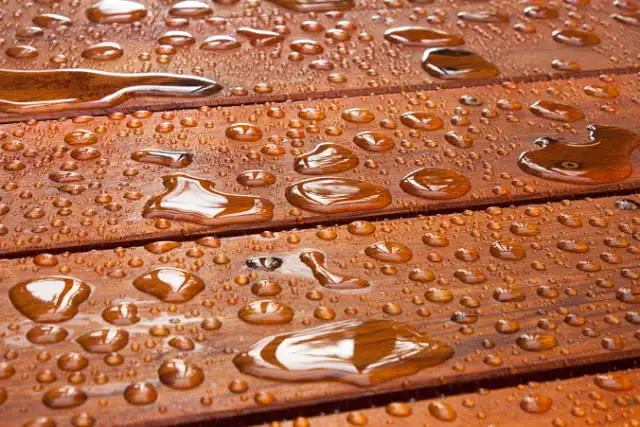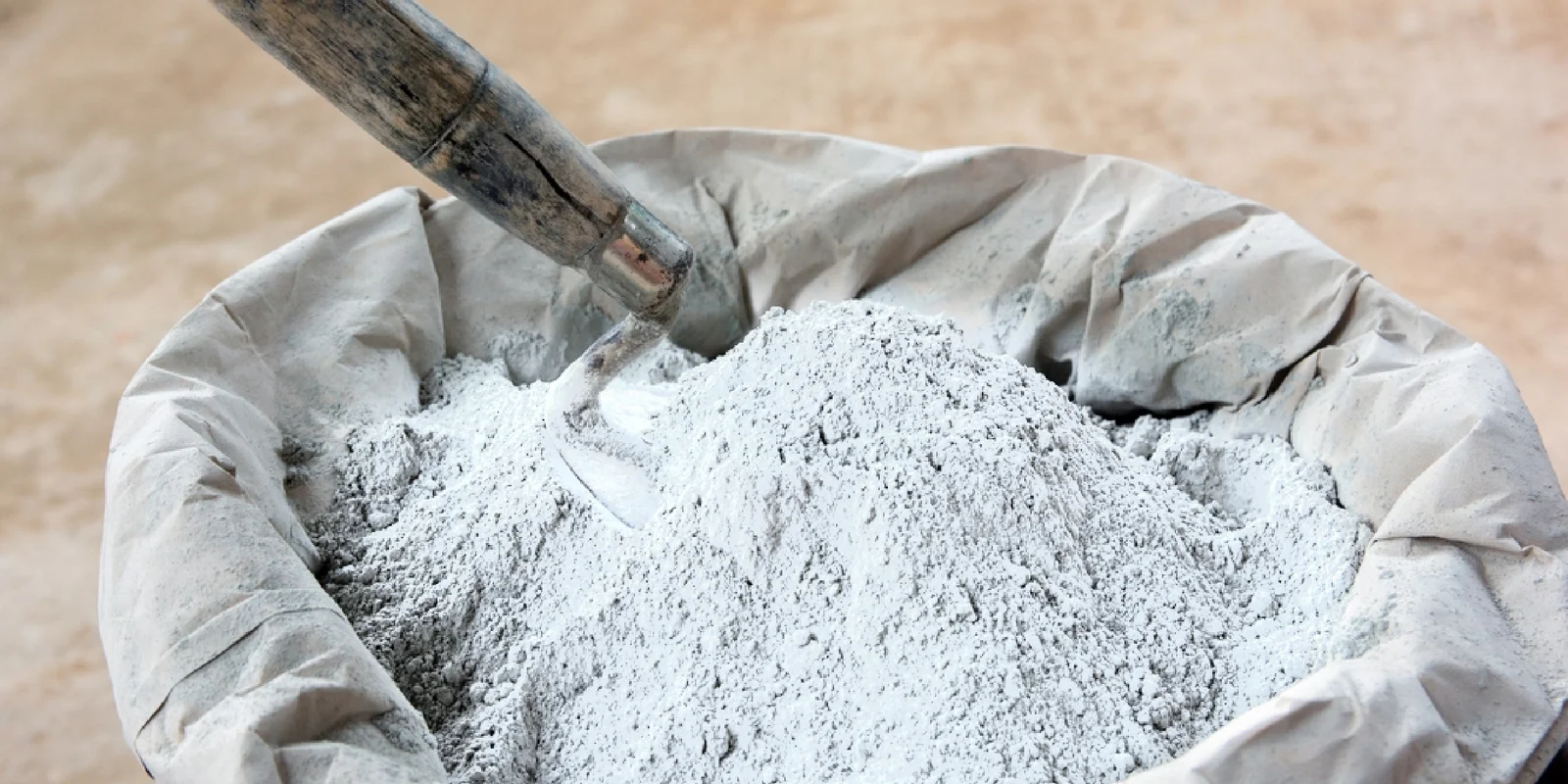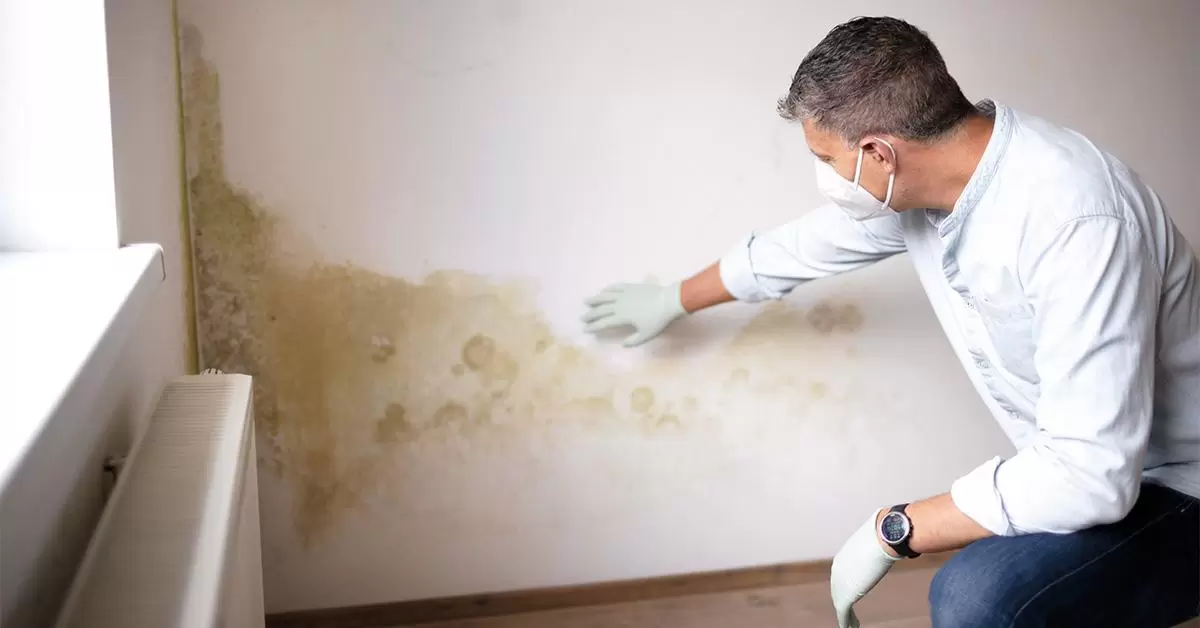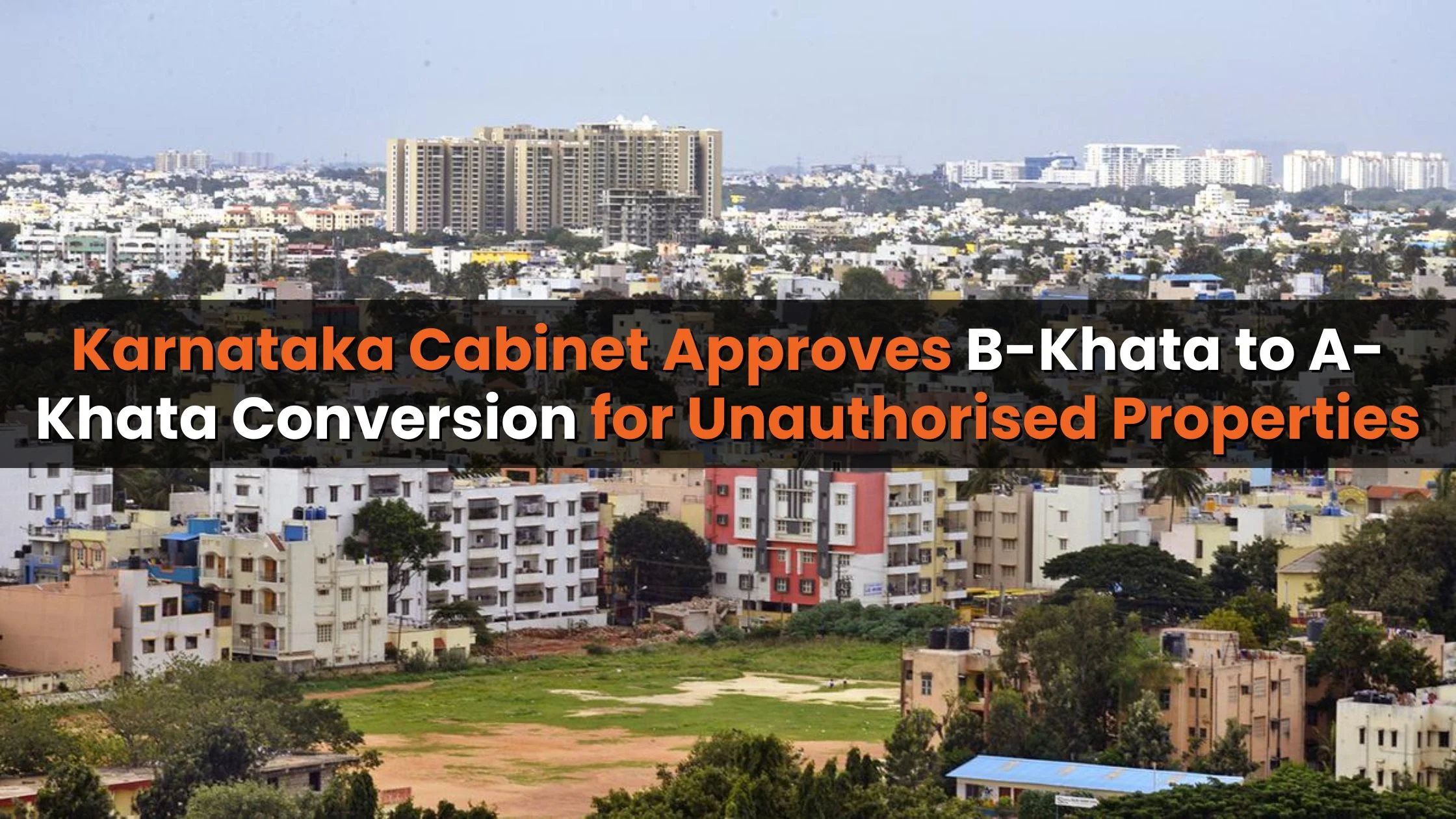Table of Content
Waterproof plywood is gaining popularity as a practical substitute for conventional plywood among modern homeowners. Long-term structural damage due to water is a significant concern, especially for wooden interiors, which are susceptible to water-related issues and require special attention to prevent damage. Opting for waterproof plywood is a wise decision to mitigate the risks associated with moisture accumulation. Integrating this material into your interiors can result in substantial long-term savings. Continue reading to explore further details about waterproof plywood and the reasons to contemplate its usage.
Applications of waterproof plywood
Waterproof plywood has accumulated a wide range of applications due to its functionality. Here are some of them:
Marine construction
Waterproof plywood is a crucial material in the marine industry due to its superior ability to withstand constant exposure to water and moisture. Therefore, it is widely used for the construction of boats, ships and marine vessels.
Outdoor furniture
Garden furniture, decks and outdoor structures are more exposed to harsh weather conditions like rain and humidity as compared to indoor wooden structures. This makes waterproof plywood the ideal solution to increase the longevity of outdoor furniture.
Exterior construction
Exterior applications of wood such as in roofing or cladding require a more resilient alternative to traditional plywood. Waterproof plywood is highly suited to exterior projects involving the exposure of wood to moisture elements.
Bathrooms and kitchens
Bathrooms and kitchens are interior areas that experience high humidity levels and water exposure. Cabinets, shelves and fittings in these areas can be made using waterproof plywood to prevent damage and ensure longevity.
Concrete formwork
Waterproof plywood is an essential component in creating the formwork of concrete structures during the construction process. The water-resistant properties of the plywood prevents it from getting swollen or deformed when exposed to the wet concrete.
Signage and billboards
Outdoor signages and billboards used for advertising require materials with superior weather-resistant properties. This makes waterproof plywood a perfect choice for this application since it provides both durability and resistance to moisture.
Transportation
Large vehicles like trailers and trucks that have elaborate flooring and interior components can benefit from the application of waterproof plywood. This would come in use when the vehicle is exposed to heavy rain or extreme weather conditions during transportation.
Temporary shelters
Waterproof plywood is often used to build sturdy temporary structures in areas where there is a requirement for habilitation. These weather resistant structures are found in disaster camps and camps for the homeless.
Waterproof plywood: Pros and cons
Let’s now have a look at the list of advantages and disadvantages waterproof plywood brings forth to help you decide upon its utility in your arsenal.
| Pros | Cons |
| It undergoes specialised treatment to enhance water resistance properties and resists deterioration and warping, making it ideal for applications in situations with prolonged water exposure. | Due to additional treatments, it is more expensive than regular plywood and might hamper budget considerations of the construction project. |
| It is engineered to show greater durability than regular plywood and enhances the longevity of the structure in harsh environments of physical stress. | The additional protective layers might add to the weight of the material, making it unsuitable for some applications such as transportation, where weight considerations are crucial. |
| Waterproof treatments also ensure protection against fungi and bacteria caused by constant moisture exposure. | It is not available in a vast range of finishes and is not as aesthetically pleasing as regular finished plywood. |
| It is highly versatile and adaptable and suited to various applications ranging from marine to construction. | The treatment process uses chemicals that might be harmful to the environment and generate untreatable waste. |
| It retains its stability in the harshest conditions without getting deformed, making it an efficient choice for areas with high rainfall. | It is not as widely available as regular plywood due to limited access to specialised materials required to manufacture it. |
Also Read: How to prevent asthma in your home.












Ans 1. Waterproof plywood provides greater water resistance, durability and rot prevention than regular plywood. You should consider using it in applications where moisture is a major concern.
Ans 2. Waterproof plywood is more expensive than regular plywood due to a more complex manufacturing process. However, it provides more benefits as compared to regular plywood in the long run.
Ans 3. Waterproof plywood can be used for indoor applications like construction of cabinets, shelving, furniture and fittings, especially in regions prone to moisture accumulation such as kitchen and bathrooms.
Ans 4. The treatments done to plywood during the manufacturing process might raise environmental concerns as the chemical treatment can generate ecologically harmful wastes.
Ans 5. The additional protective layers on waterproof plywood adds to its weight that might impact projects where weight is a crucial consideration.
Ans 6. Waterproof plywood can be easily cut and shaped using regular tools, making it a versatile choice for various construction projects demanding customisation.
Ans 7. The finishing options available for waterproof plywood are limited but they can be easily stained or painted to obtain desired results.